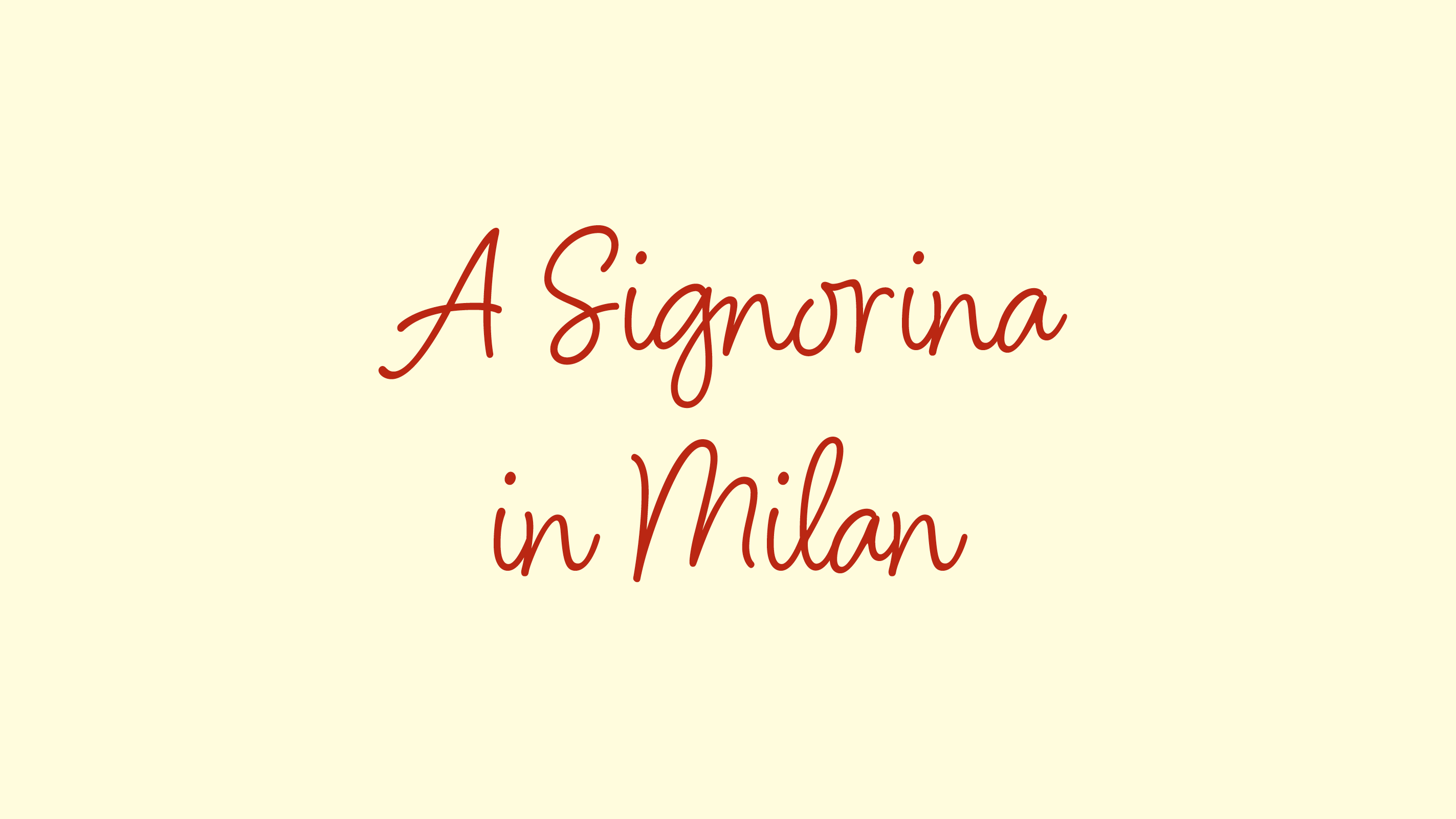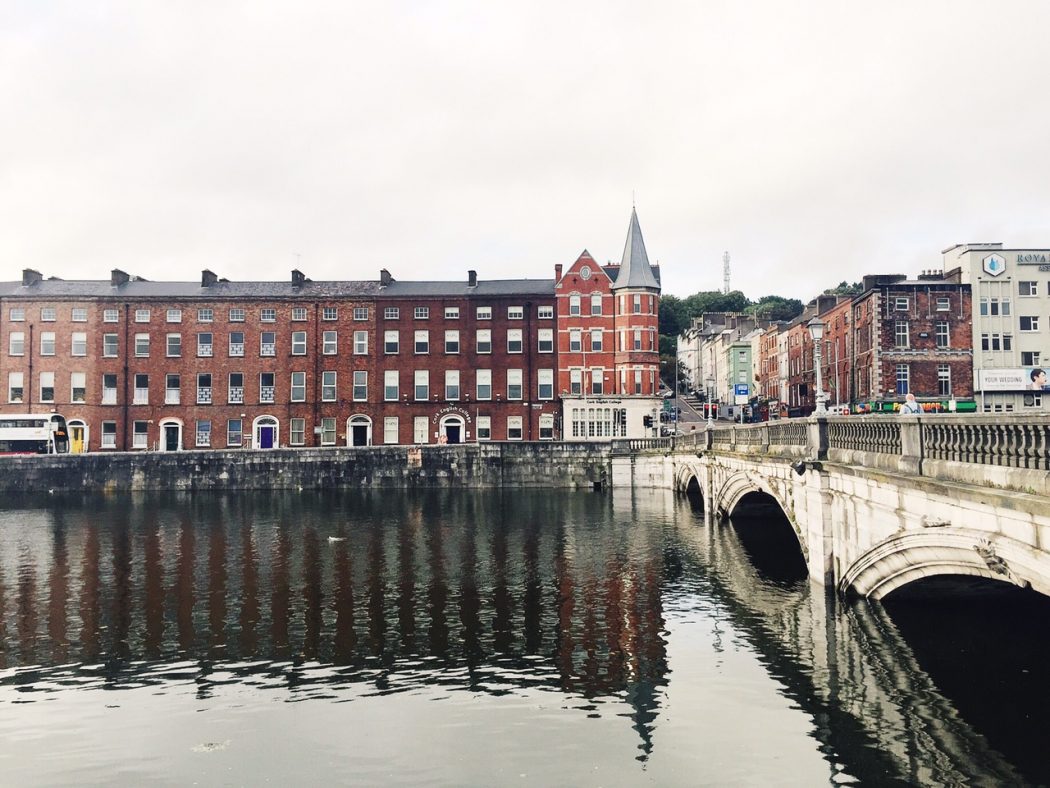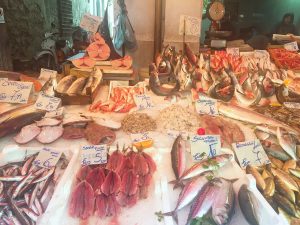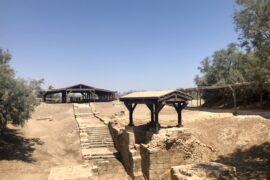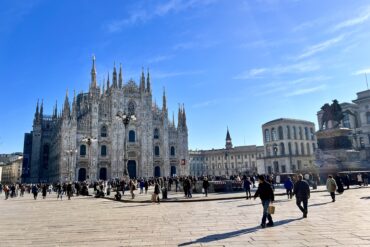In keeping with my goal of trying to see as much of Ireland as humanly possible without sacrificing the family time I value so much, I headed to Cork, Ireland’s large southern city that man claim to be the country’s “real” capital. (I loved Cork, but I think Dublin’s claim as the capital is well founded.)
Located in the southwest Munster county, Cork is Ireland’s second largest city and third most populated. It’s about a two-and-half hour train ride from Heuston train station in Dublin. Cork’s alive! A beating heart that serves as a perfect home base for exploring the Ring of Kerry as well as the city’s idyllic surroundings like Ballymaloe, home to Darina Allen’s esteemed cooking school. The city’s easy-to-navigate “hub” sits on a large island in the River Lee. While the weather is that rain-then-sun-then-wind-then-cold-then-mist-then-rain and repeat typical of Ireland, the overall clime is a little more temperate than the rest of Ireland. And I should add Cork’s colors are glorious…from purple doors on green facades to streets resembling a series of paint swatches to vibrant street murals.
If you have a car to get out of the city and explore the countryside, then great. In no particular order, here are some things to do in the city of Cork, Ireland:

1. Franciscan Well Brewery and Pub: This artisan beer brewery opened in the 90s but the site itself is former Franciscan monastery dating back to 1219. They brew all of their own beers naturally with no additives and they’ve even won awards, and they serve pizza from a wood burning oven (which I didn’t taste…I just had a beer). There’s a lovely outdoor garden, the staff are super friendly and the vibe is warm and convivial. Tours and tasting Monday – Friday at 6.30pm. (14b North Mall; +353 21 4393 434; Monday – Thursday, 1pm – 11.30pm; Friday and Saturday: 1pm – 12.30pm; Sunday: 1pm – 11pm; website)
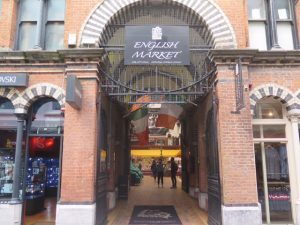
2. The English Market: This covered food market has been around since 1788. Queen Elizabeth visited there as part of her 2011 Ireland tour. Find delicious local cheeses, seafood from local waters, meats, puddings, produce and more. They are a little weird about photos so I didn’t take many inside, but you can easily spend hours here perusing all the stalls. Farmgate Restaurant and Cafe on the second level serves food prepared from the market’s freshet and finest. The latter is a less formal option with no seated service. Sadly, there were no oysters available during my visit.
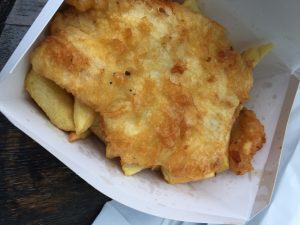
3. The Fish Wife: Every Cork guide book highlights this fish and chips joint, and with good reason. It’s a standing room only or take-away place specializing in fried fish, though you can find other items like burgers and garlic cheese fries. A must try for sure! (45 MacCurtain Street; +353 87 264 4266; Open seven days from 12pm – 11pm except for Sunday when it opens at 1pm; website)
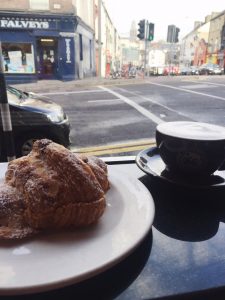
4. Cork Coffee Roasters: After more than a week without my MoKa or a torrefazione, I was so happy to start the day with a properly made cappuccino and an almond croissant. (The French-style pastries meant no brioche con marmellata or integrale con miele to be found). They also serve fresh lemonade and iced tea. Yum. (2 Bridge Street; +353 21 731 9158; Monday – Friday, 7.30am – 6.30pm; Saturday 8am – 6.30pm; Sunday: 9am – 5pm; website)
5. Gallagher’s Gastro Pub: Irish pub nosh is mandatory, and Gallagher’s takes typical pub fare up a few notches, kind of like Mulligan’s in Stoneybatter. Open all day where you can enjoy a typical Irish breakfast, lunch, and dinner, then swing by later in the night for some live music. The menu showcases local flavors Cork cod croquettes as well as internationally inspired plates like chorizo and chickpea stew. Drop in for a bite! (32 Mac Curtain St; website)

6. The Butter Museum: It should come as no surprise that Ireland has a museum dedicated to the country’s largest export. The Cork butter exchange became the world’s largest butter market during the 19th century, and the city’s seaside location afforded the city a strop on the Atlantic trading route. The two-floor exhibit begins with a film and displays old butter making tools, “butter roads” or maps of different butter routes through the Irish country roads, and more. It’s The museum is situated in the steep hills of the Shandon district, and it takes about an hour to get through. (Tony O’Reilly Center, O’Connell Square; Open seven days, 10am – 5pm; website)
7. Gourmet (Burger Bistro): As much as I was craving a serious I burger, I couldn’t resist getting a veggie one as it had a falafal patty. Their burgers are inspired by countries all over the world, and mine was served adorned with a tiny flag of Israel. Their burgers are made from the finest Irish meats that are 100% organic, naturally reared, free range and sourced from local Cork producers. (8 Bridge Street; +353 21 450 5404; Open seven days 12pm – 10pm except Sunday, 2pm – 9pm; website)
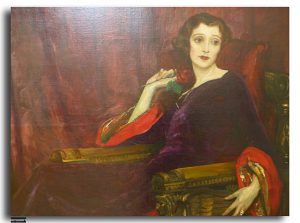
8. Crawford Art Gallery: There’s not charge this visit this museum, which has replicas of Vatican Greek and Roman sculptures created by sculptor Antonio Canova (fun fact: I used to live on Via Canova in Milan!). The museum houses more than 4,000 works from mostly Irish artists and spans three floors. Also known for its temporary exhibitions such as Conflicting Visions in a Turbulent Age, which was on display during my visit. (Emmet Place; Monday – Saturday, 10am- 5pm, Thursday until 8pm, closed Sunday; website)
9. Mercury Goes Retrogade: Cork apparently has quite the vintage scene but due to limited space in my suitcase (I had a 15 kg maximum on my checked bag), I didn’t shop till I dropped. I hate going into a store when I know I’m not buying anything, so I window shopped there on more than one occasion. Next time I’ll be better prepared to visit and try on a selection of looks and pieces spanning the decades. (19C Drawbridge St; Monday – Saturday: 11am – 6pm, closed Sunday; website) 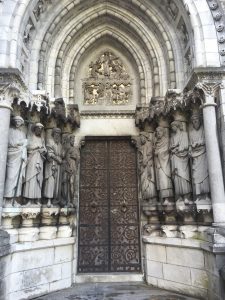
10. St Fin Barre’s Cathedral: I’m morally opposed to giving money to churches as an entrance fee (even St. Peter’s Basilica doesn’t charge you) and I wasn’t aware there was a fee when I walked in, but the guy was so nice so I decided to pay the 4 euro. Well worth the 4 euro. and found it to be well worth it. This stunning church features a mosaic floor made in Paris from tiles from Udine with marble from the Pyrenees, a colorful painting on the Sanctuary ceiling by William Burges, a brass lectern designed by William Burges originally for the Lille Cathedral, one of Ireland’s biggest church organs and more. (Bishop St, The Lough; Monday-Saturday, 9.30-5.30; Sunday 1:30 – 2.30 & 4.30 – 6pm from April to October only, website)
I didn’t love the hotel I stayed in, so I’m not going to mention it. It wasn’t bad…it was optimally located and served its purpose, but there was something kind of depressing about it. The check-in area reminded me a bit of the commissary in Orange is the New Black.
